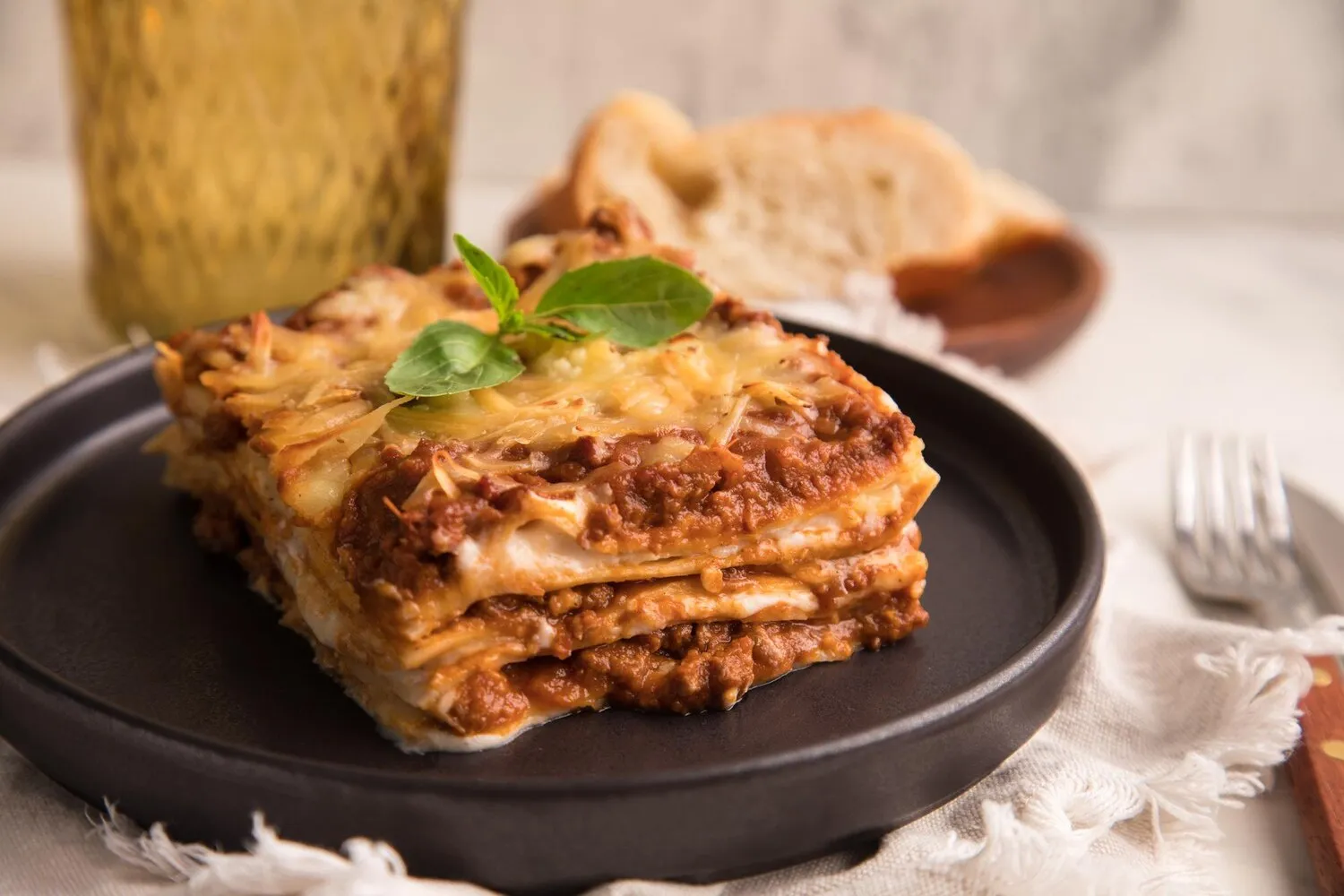
Risoto Milanês com Ossobuco
Saffron risotto served with osso buco (braised veal shanks). This dish seems to be a popular and well-regarded option based on multiple online reviews. This is often mentioned as a highlight of the restaurant.
Nutrition Facts
* The % Daily Value (DV) tells you how much a nutrient in a serving of food contributes to a daily diet. 2,000 calories a day is used for general nutrition advice.
Bona Trattoria
Risotto Milanese's origins are rumored to stem from a 16th-century stained-glass artist working on the Duomo di Milano who, as a joke, added saffron to a rice dish. Ossobuco, originating in Milan, was initially a humble dish showcasing inexpensive veal shanks. The combination evolved over time, becoming a symbol of Milanese culinary excellence.
Risotto Milanese con Ossobuco is a culinary emblem of Milan and the Lombardy region, representing tradition, celebration, and the region's sophisticated culinary heritage.
Sunday Lunch Staple
It's often served as a centerpiece of Sunday lunch gatherings, reflecting a sense of family and community.
Celebratory Dish
Frequently prepared for special occasions and holidays, signifying abundance and festivity.
Regional Pride
The dish showcases local ingredients and techniques, representing Lombardy's rich culinary identity.
Risotto Milanese con Ossobuco offers a rich and savory flavor profile, blending the creamy, saffron-infused rice with the intensely flavorful and tender braised veal shanks.
The risotto's flavor comes from the saffron, which imparts a floral aroma, a slightly bitter taste, and a vibrant yellow color. The dish features Arborio rice, known for its creamy texture when cooked. Parmesan cheese adds a salty, umami richness. The Ossobuco delivers deep, savory meat flavors enhanced by slow braising with vegetables, white wine, and herbs. The marrow in the bone adds a luxurious, buttery element.
Saffron Quality
Use high-quality saffron threads for the best flavor and color. Infuse the saffron in warm broth before adding it to the risotto.
Rice Selection
Arborio rice is the classic choice for risotto, but Carnaroli or Vialone Nano rice also work well. Avoid using long-grain rice.
Broth Temperature
Keep the broth simmering hot throughout the risotto-making process. Adding cold broth will lower the temperature and affect the texture.
Slow and Steady Braising
Braise the ossobuco slowly over low heat to ensure the meat becomes incredibly tender and flavorful. Patience is key!
Gremolata Garnish
Don't skip the gremolata (parsley, lemon zest, garlic) garnish for the ossobuco. It adds a bright, fresh counterpoint to the rich meat.
Explore additional Italian dishes and restaurants
Explore ItalianDiscover top dining spots and culinary experiences in Foz do Iguaçu.
Explore Foz do IguaçuLearn more about the food culture, restaurant scene, and culinary heritage of Brazil.
Explore Brazil